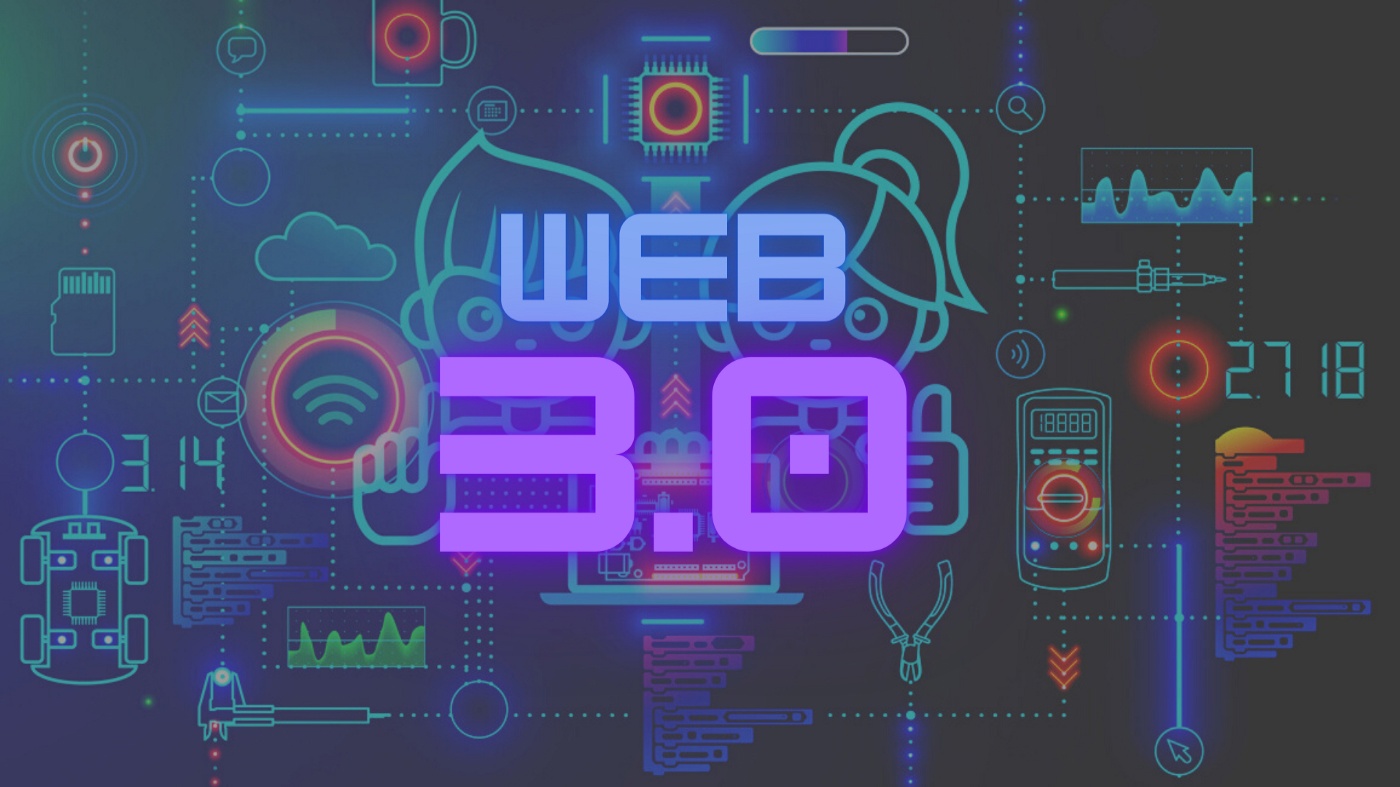- Oct 28, 2022
- 159
- 0
With the development of blockchain and cryptocurrency technologies, recent years have witnessed a growing interest in the concept of Web3, a new vision of the Internet based on decentralization and cryptographic security. However, there are questions among enthusiasts and experts about whether Web3 is the real future of the Internet or just a temporary phenomenon similar to the “Internet bubble” of the early 2000s.
Introduction to the Web3 concept
Web3 is a new generation internet concept based on blockchain and cryptography technologies. The basic principles of Web3 include decentralization, privacy, security and user autonomy. Unlike the traditional internet, where data is often stored on centralized servers, Web3 aims to give users full control over their personal information and digital assets.
The main elements of Web3
Blockchain: The main building block of Web3. Blockchain technologies such as Ethereum and other platforms provide tools for creating decentralized applications (dApps) and smart contracts.
Decentralized Applications (dApps): Platforms where users can interact directly with each other, bypassing intermediaries. Examples include financial decentralized organizations (DeFi), games, and prediction markets.
Identification and security: Development of protocols for secure and anonymous user interaction on the network. This includes digital wallets and authentication mechanisms.
Perspective analysis
Positive aspects of Web3:
Decentralization and autonomy: Users gain more control over their data and assets.
Innovative features: The ability to create new types of applications and solutions that cannot be implemented within the framework of the traditional Internet.
Ecosystem development: The growth of decentralized finance (DeFi), NFT and other technologies that stimulate economic activity.
Potential risks:
Regulation: Uncertainty about legislation and regulation may slow down the development and adoption of Web3.
Market volatility: Cryptocurrencies and related technologies are often subject to significant fluctuations in prices and demand.
Security: Threats to cybersecurity and the difficulty of recovering lost assets in the event of attacks or errors.
Conclusion
Web3 represents a significant step in the evolution of the Internet, offering new opportunities for users and developers. However, the success of Web3 will depend on the ability to integrate sustainably into the economic and technological infrastructure, as well as on effectively addressing regulatory and security issues. In the future, Web3 may become a key element of the digital economy, but its long-term sustainability and importance will remain the subject of active discussion and research.

 coinmarketrate.com
coinmarketrate.com
Introduction to the Web3 concept
Web3 is a new generation internet concept based on blockchain and cryptography technologies. The basic principles of Web3 include decentralization, privacy, security and user autonomy. Unlike the traditional internet, where data is often stored on centralized servers, Web3 aims to give users full control over their personal information and digital assets.
The main elements of Web3
Blockchain: The main building block of Web3. Blockchain technologies such as Ethereum and other platforms provide tools for creating decentralized applications (dApps) and smart contracts.
Decentralized Applications (dApps): Platforms where users can interact directly with each other, bypassing intermediaries. Examples include financial decentralized organizations (DeFi), games, and prediction markets.
Identification and security: Development of protocols for secure and anonymous user interaction on the network. This includes digital wallets and authentication mechanisms.
Perspective analysis
Positive aspects of Web3:
Decentralization and autonomy: Users gain more control over their data and assets.
Innovative features: The ability to create new types of applications and solutions that cannot be implemented within the framework of the traditional Internet.
Ecosystem development: The growth of decentralized finance (DeFi), NFT and other technologies that stimulate economic activity.
Potential risks:
Regulation: Uncertainty about legislation and regulation may slow down the development and adoption of Web3.
Market volatility: Cryptocurrencies and related technologies are often subject to significant fluctuations in prices and demand.
Security: Threats to cybersecurity and the difficulty of recovering lost assets in the event of attacks or errors.
Conclusion
Web3 represents a significant step in the evolution of the Internet, offering new opportunities for users and developers. However, the success of Web3 will depend on the ability to integrate sustainably into the economic and technological infrastructure, as well as on effectively addressing regulatory and security issues. In the future, Web3 may become a key element of the digital economy, but its long-term sustainability and importance will remain the subject of active discussion and research.

Web3: будущее интернета или новый пузырь?
Web3: будущее интернета или новая пузырь? Узнайте ключевые аспекты технологии, перспективы развития и потенциальные риски в нашей статье.
